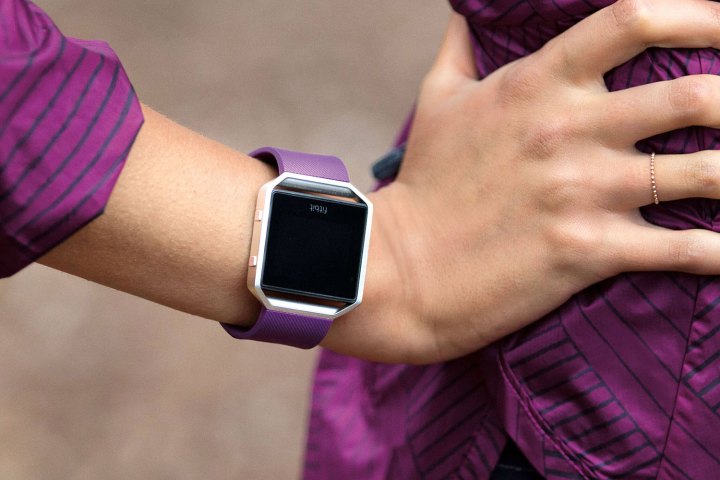
Despite a serious dip in stocks this afternoon, CEO James Park said we should expect some “exciting new products” before the end of the year — something that’s not all that surprising considering the recent patent filings we’ve seen from the company.
Related: See here for FitBit products and accessories
Fitbit today revealed its earnings for the first quarter of 2016, and while its earnings beat out expectations, what did not beat expectations was its guidance for the second quarter. So much so that Fitbit’s shares fell a hefty 12 percent in after-hours trading. And that’s not even that surprising — in total, Fitbit’s shares have fallen 42 percent this year.
The company reported earnings of 10 cents per share for the first quarter of the year, far exceeding the expected 2 cents per share. Revenues ended up at $505.4 million, again, quite a bit higher than the expected $442.3 million. So what’s the big deal?
The big deal is that Fitbit’s guidance for the second quarter was very light — a lot lighter than was expected. The company projected earnings of between 8 and 11 cents per share for the second quarter, far below the 26 cents that was expected of it.
Still, it’s hard to deny that the company has been outperforming expectations, even amid doubt that it could hold its own with the likes of Apple now in the wearable market. These doubts are largely due to new devices from the company, especially the Fitbit Blaze smartwatch and the Alta fitness tracker. The flip side of that is that Fitbit is likely to benefit from a surge in popularity of wearable devices over the next few years, as long as it’s able to keep up with regular new product releases that appeal to customers.
In fact, the company’s putting its money somewhere — its expenses jumped to a hefty $215 million in the first quarter, up from $79 million in the previous quarter. This is because of an increase in research and development, as well as marketing costs.



